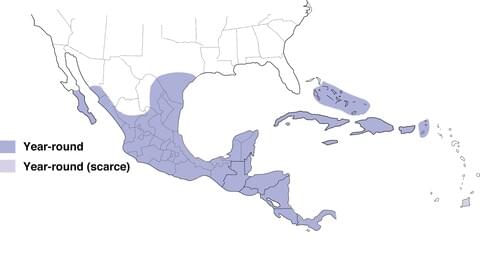Today it was the eastern phoebe.
I took a bunch of photos.
In the mistflower bed there were the usual fiery skippers and a female monarch.
Out on the flats was a brown pelican that had just plopped down.
The long-billed curlew was very close to us.
The reddish egret gave us a great grooming display.
The bright yellow feet of the snowy egret are visible beneath the surface of the water.
For once, the Wilson's snipe wasn't so elusive.
The immature black-crowned night heron was out in the open today.
The pied-billed grebe's bill has a very dark stripe. It indicates that it is ready to breed.
Tricoloured heron.
The snoozing willet is also in breeding plumage.
Back in the parking lot a pyrrhuloxia flew up onto the fence. The wind blew its crest right over.
This is a much mor dignified shot. Another name for these are 'desert cardinals'.
Back at the mistflower garden I spotted a phaon crescent butterfly.
There was another eastern phoebe there.
Out on the flats a single royal tern headed into the wind along with the black skippers.
Marbled godwit (centre)
Along the tree line beside the convention centre was another eastern phoebe.
It was a great afternoon of birding on a brilliantly sunny day.
And tomorrow is the first day of March.
























































